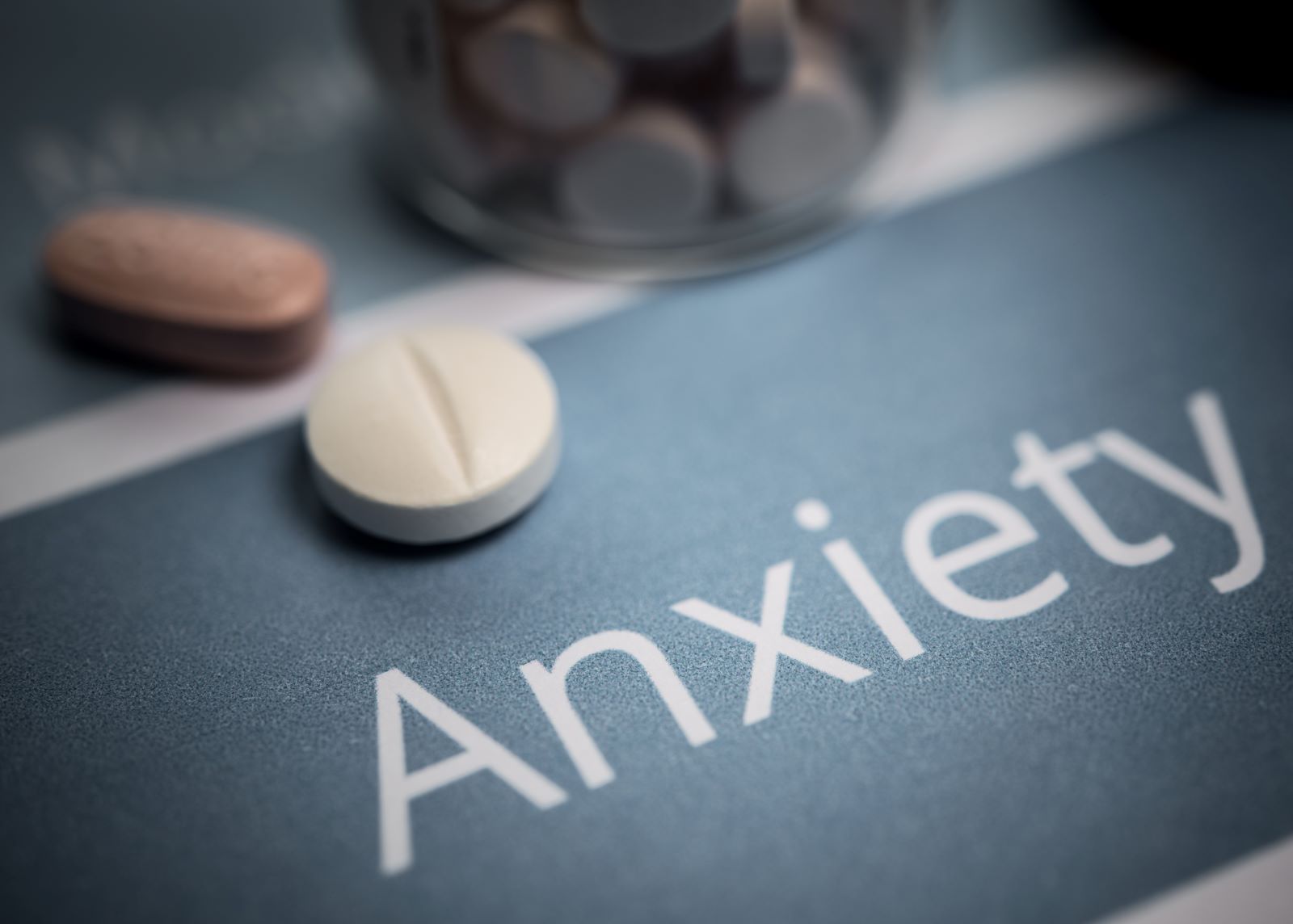Xanax Vs Ativan, When it comes to treating anxiety and related conditions, two of the most frequently prescribed medications are Xanax (alprazolam) and Ativan (lorazepam). While both are benzodiazepines and work to calm the nervous system, they differ in terms of onset, duration, uses, side effects, and withdrawal symptoms. Understanding these differences can help individuals and healthcare providers make informed decisions about which medication may be most suitable.
1. What Are Xanax and Ativan?
Xanax and Ativan belong to a class of medications known as benzodiazepines, which act on the central nervous system to produce a calming effect. Both medications increase the activity of gamma-aminobutyric acid (GABA), a neurotransmitter that reduces the nerve impulses linked to anxiety and panic. Though they share this general mechanism, they are unique in how quickly they act and how long they last in the body.
2. Onset and Duration
- Xanax: Known for its rapid onset, Xanax generally starts to work within 30 minutes of ingestion, making it effective for acute anxiety episodes. However, it is also relatively short-acting, with a half-life of about 11 hours in healthy adults. Due to its fast onset and shorter duration, Xanax is often used for panic attacks or as-needed anxiety relief rather than for long-term management.
- Ativan: While Ativan also acts fairly quickly, its effects can last longer than Xanax, with a half-life of 10-20 hours. This extended action makes it more suitable for people needing consistent anxiety management, though it’s also used for immediate relief of anxiety symptoms. Because it remains in the body longer, Ativan may be less prone to causing the “rebound anxiety” that some users of Xanax experience when the drug’s effects wear off.
3. Medical Uses
- Xanax: Primarily prescribed for generalized anxiety disorder (GAD) and panic disorders, Xanax is particularly effective for managing short bursts of intense anxiety or panic. It may also be used off-label for other conditions, such as insomnia, though this is less common.
- Ativan: In addition to treating anxiety, Ativan is commonly used to manage seizures, provide sedation before medical procedures, and alleviate insomnia associated with stress or anxiety. Its versatility and longer duration can make it a preferred choice in clinical settings where extended anxiety relief is needed.
4. Side Effects
Like all medications, Xanax and Ativan come with potential side effects. Common side effects of both include drowsiness, dizziness, weakness, and potential confusion, especially at higher doses. However, there are some differences:
- Xanax Side Effects: Xanax may cause additional symptoms like memory impairment, slurred speech, or even euphoria, which can increase the risk of misuse. Some users report a higher likelihood of experiencing “rebound anxiety” or intense anxiety after the medication wears off.
- Ativan Side Effects: Ativan is less likely to cause rebound anxiety due to its longer half-life, but it may be associated with sedation or impaired coordination, making it less suitable for people who need to stay alert.
5. Dependence and Withdrawal
Both Xanax and Ativan carry a risk of dependence, especially when used for prolonged periods or at higher doses. Stopping either medication suddenly can lead to withdrawal symptoms, which may include irritability, agitation, muscle cramps, or even seizures in severe cases. However, withdrawal experiences vary:
- Xanax Withdrawal: Xanax tends to have more intense withdrawal symptoms, as it leaves the body relatively quickly. Users may experience severe anxiety, insomnia, and restlessness if the medication is discontinued abruptly.
- Ativan Withdrawal: Since Ativan stays in the system longer, its withdrawal symptoms may be less intense but still require careful management. Gradual tapering under medical supervision is recommended for both medications to minimize withdrawal effects.
6. Risk of Misuse
Both medications are classified as Schedule IV controlled substances in the United States, which means they have a recognized potential for misuse and dependence. However, due to its fast-acting nature, Xanax may have a higher risk of misuse. Its quick onset can create a sense of immediate relief that some individuals may seek repeatedly, leading to potential dependence. Ativan, on the other hand, is less likely to create this pattern of rapid relief and may be preferred in situations where there is a concern about misuse.
7. Choosing Between Xanax and Ativan
The choice between Xanax and Ativan depends on a range of factors, including the specific symptoms, desired duration of action, history of medication response, and risk of misuse. Some factors to consider include:
- Acute Anxiety vs. Ongoing Management: For immediate relief of panic symptoms, Xanax may be a better choice. For long-term, steady management of anxiety, Ativan may be more suitable due to its prolonged effect.
- History of Misuse: If there is a concern about misuse, Ativan may be safer due to its lower potential for causing euphoria.
- Lifestyle and Daily Demands: If daytime alertness is a priority, discussing alternatives or specific dosages with a healthcare provider is important, as both medications can impair cognition and coordination.
8. Conclusion
Xanax and Ativan each have their strengths and are effective treatments for anxiety when used appropriately. While Xanax provides quick relief, its short duration and higher misuse potential can be drawbacks for some individuals. Ativan, with its longer duration and versatility, is often chosen for more sustained anxiety relief. Both medications require a prescription and should be used under medical guidance to ensure safe use and minimize potential risks. Ultimately, personal factors and consultation with a healthcare provider are key in selecting the best treatment approach for managing anxiety.
 RESEARCH CHEMICALS
RESEARCH CHEMICALS
